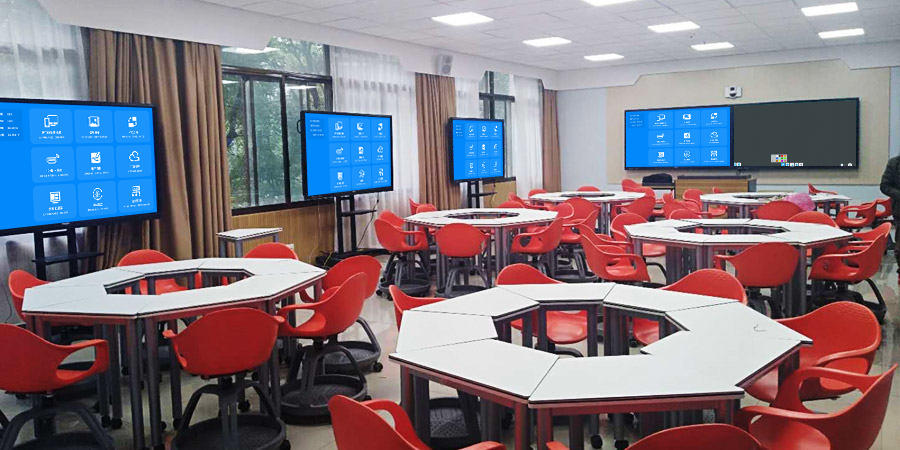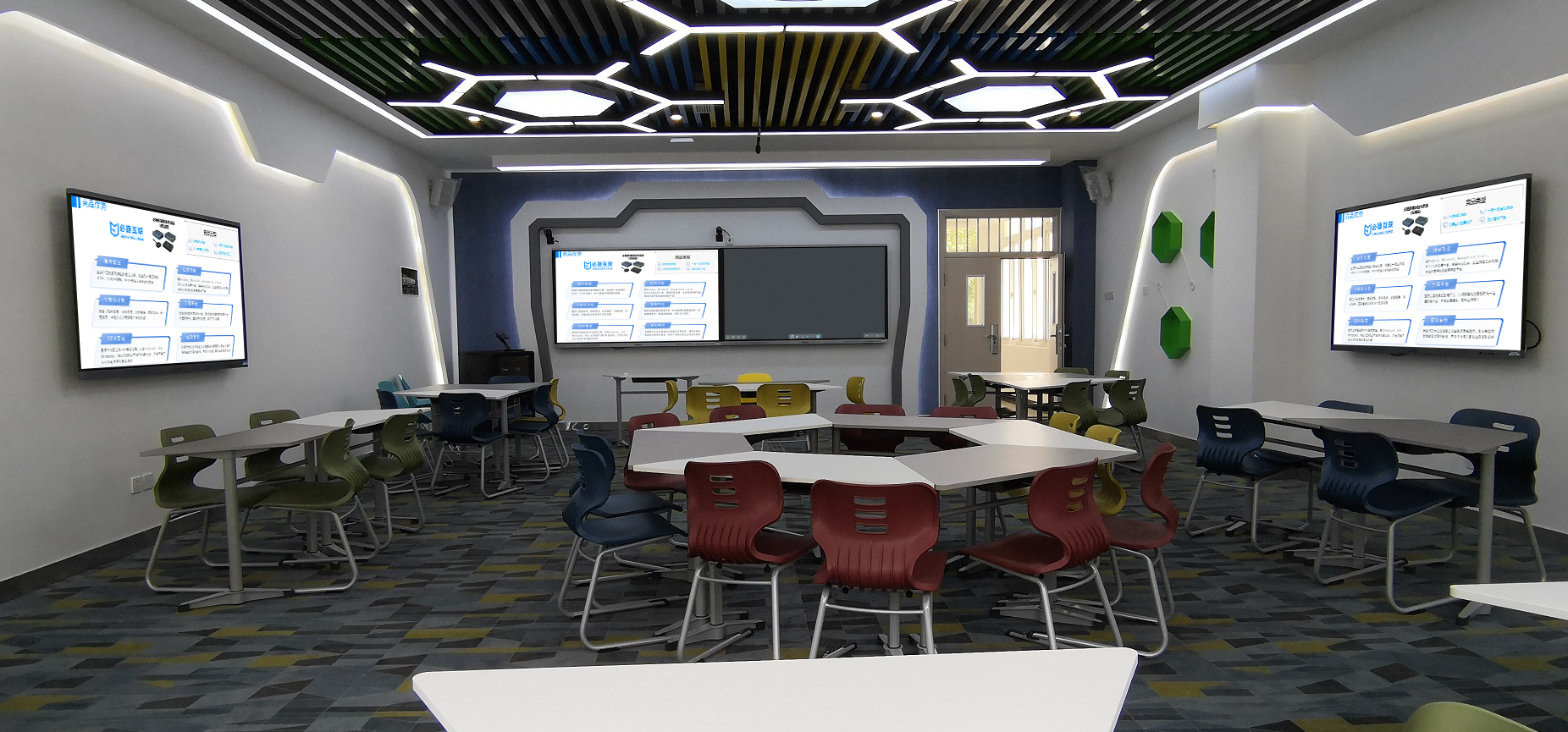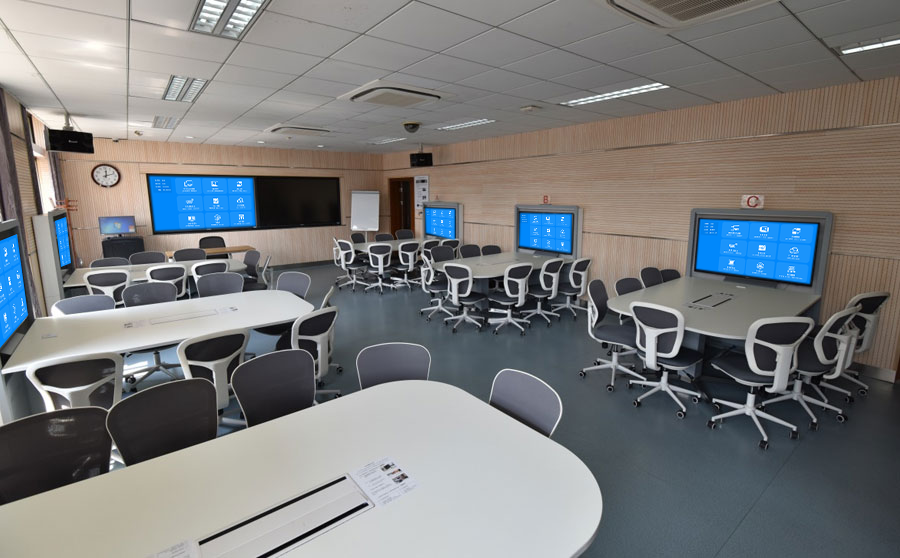Multi-Screen Collaboration: Ushering in a New Era of Smart Interaction
In today’s rapidly advancing digital world, multi-screen collaboration has become a crucial factor in boosting work efficiency, enhancing teaching experiences, and enriching entertainment. It breaks down the barriers between devices, enabling seamless connection and interaction across different screens.
I. Seamless Cross-Device Flow, Breaking Transmission Barriers
Multi-screen collaboration uses wireless technology to make content transfer between different devices incredibly convenient. Professionals working on proposals can directly drag industry data found on their phones into computer documents, eliminating cumbersome copy-pasting. In the classroom, teachers can, with one click, project a student’s problem-solving process from their tablet to the main classroom screen, allowing all students to intuitively see the detailed thought process, and making teacher feedback more targeted. Home users organizing travel photos don’t need to upload original images from their phone to the cloud; they can directly drag them to a computer for post-processing, significantly boosting efficiency.
II. Full Protocol Compatibility, Lowering the Barrier to Entry
BiJie’s multi-screen collaboration products support a wide range of wireless screen mirroring protocols, including AirPlay, Miracast, WiDi, Google Cast, HUAWEI Cast+, and BJCast. Teachers and students can cast from their devices without needing to install any software. Whether it’s an Apple, Android, or Windows device, all can easily connect to enable multi-screen collaboration. Even older computers or standard TVs that have been used for years can join the multi-screen collaboration system by connecting an adapter, avoiding high costs for connectivity features.
III. Two-Way Interactive Operation, Boosting Collaboration Efficiency
BiJie’s multi-screen collaboration products support reverse control. Android devices in Miracast casting mode (requires UIBC functionality, like Huawei, Samsung, and some high-end Xiaomi phones) and Windows devices in WiDi direct casting and PC client casting modes can both be operated remotely via the large screen. For example, during a lecture, a teacher can directly control PPT page turns, fast-forward, or rewind through the touch-enabled large screen. Additionally, the product includes built-in electronic whiteboard and annotation features, supporting simultaneous discussions among multiple groups. Parallel discussion groups can share presentations, make annotations, and teachers can also annotate the presentation content using different colored pens for distinction, effectively enriching interaction methods.
IV. Multi-Device Linkage, Meeting Group Discussion Needs
In classrooms designed for group discussions, BiJie’s multi-screen collaboration product’s multi-device linkage feature plays a vital role. It can broadcast the teacher’s main screen content to group screens for simultaneous display with a single click, or drag and display group screen content onto the main classroom screen or distribute it. This facilitates sharing courseware, reviewing materials, and comparing and evaluating courseware. For example, the content from Group A’s screen can be broadcast to Group B, Group C, and other group screens by clicking the “Broadcast” button while the “main device” large screen is displayed, enhancing communication and interaction between teachers and students and increasing student participation in class.
V. Stable and Reliable, Adapting to Complex Network Environments
BiJie’s multi-screen collaboration product features weak-network transmission resistance, allowing users to maintain smooth and stable screen mirroring even with a 10% – 20% network packet loss rate. It also supports displaying screen resolution, packet loss rate, bitrate, frame rate, and signal strength information. Furthermore, the product adopts an integrated structural design, with two built-in high-speed WiFi processing modules and hidden high-gain antennas, ensuring efficient, convenient, stable, and reliable wireless screen mirroring.
VI. Unified Management, Facilitating Large-Scale Deployment
BiJie’s multi-screen collaboration product supports remote unified management. By deploying an independent management service platform, front-end devices can be centrally controlled and managed. Operations and maintenance personnel can remotely view device information, set device configurations individually or in batches, and obtain real-time statistics on device operational status and maintenance data. This enables efficient and intelligent management of a large number of devices, significantly reducing management difficulty and costs.
Do you have any specific scenarios in mind where you’re looking to implement multi-screen collaboration, or are you interested in learning more about a particular feature?